Now that Apple has upped the ante, releasing a display with higher than full HD resolution, it wont take long for Android (and television) manufacturers to catch up. Only problem is with current smartphone/tablet sensors, we’ll be stuck watching our intimate home movies recorded at a lowly 1080p HD on those uber-high resolution displays. We’re going to need a bigger sensor.
Enter OmniVision’s new OV16820 and OV16825 camera chips. These sensors have the ability to shoot 4K (that’s higher than 1080p) video at up to 60 frames per second. That means you could zoom in on video and see women in a whole new light. Now, we’re presented with a new problem… we’re going to need more powerful processors. Here’s looking at you, Nvidia Tegra 5 octco-core CPU. OmniVision’s full press release can be found below.
OmniVision Launches 16-Megapixel CameraChip™ Sensors For DSC/DVC and High-End Smartphone Applications
OV16820 and OV16825 Provide 16-Megapixel Burst Photography, Support Emerging 4K2K Standard in High Resolution Recording
SANTA CLARA, Calif., May 22, 2012 /PRNewswire/ — OmniVision Technologies, Inc. (NASDAQ: OVTI), a leading developer of advanced digital imaging solutions, today announced the OV16820 and OV16825, two 16-megapixel CameraChip sensors that support 16-megapixel burst photography and can capture 4K2K video, or Quad Full High Definition (QFHD), at 60 frames per second (FPS). Built on the high-performance 1.34-micron OmniBSI-2™ pixel architecture, the OV16820 and OV16825 were developed by OmniVision to support emerging standards in high-resolution video recording for the digital still and video camera (DSC/DVC) markets and the high-end smartphone market, respectively.“It was an industry-wide assumption that smartphones would cut into DSC/DVC sales; but at higher resolutions, we’re seeing a very distinct divide between the two markets and both remain strong,” said Devang Patel, senior product marketing manager at OmniVision. “Industry experts have observed that mainstream DSC products are shifting to 16-megapixel resolutions and are offering improved image quality and optics. The OV16820 supports such offerings, allowing DSC/DVC manufacturers to provide consumers a high-resolution, feature-rich point and shoot photography experience, while the OV16825 provides top-tier imaging and video recording capabilities for flagship smartphones.”
The 1/2.3-inch OV16820 and OV16825 image sensors are capable of operating in full resolution (4608 x 3456) video at 30 FPS, 4K2K (3840 x 2160) video at 60 FPS, and 1080p HD video at 60 FPS with extra pixels for electronic image stabilization (EIS). Additionally, the sensors enable full resolution 16-megapixel burst photography, a critical feature for DSC applications. All required image processing functions, including defective pixel and noise canceling, RAW scaling, image size, frame rate, exposure, gain, cropping and orientation are programmable through the serial camera control bus (SCCB) interface.
The sensors are offered with industry-standard connectivity, including up to 8-lane MIPI and LVDS output interfaces for high data transfer rates. The OV16820 is available for sampling in a ceramic land grid array (CLGA) package while the OV16825 will be available in die form (RW/COB). Both are expected to enter volume production by the fourth quarter of 2012.
[BGR]

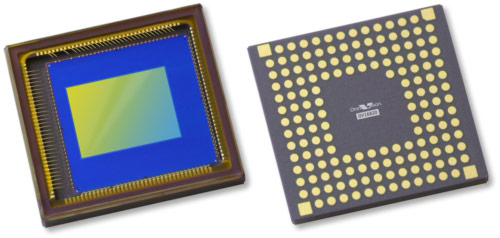

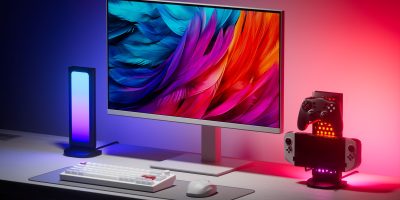
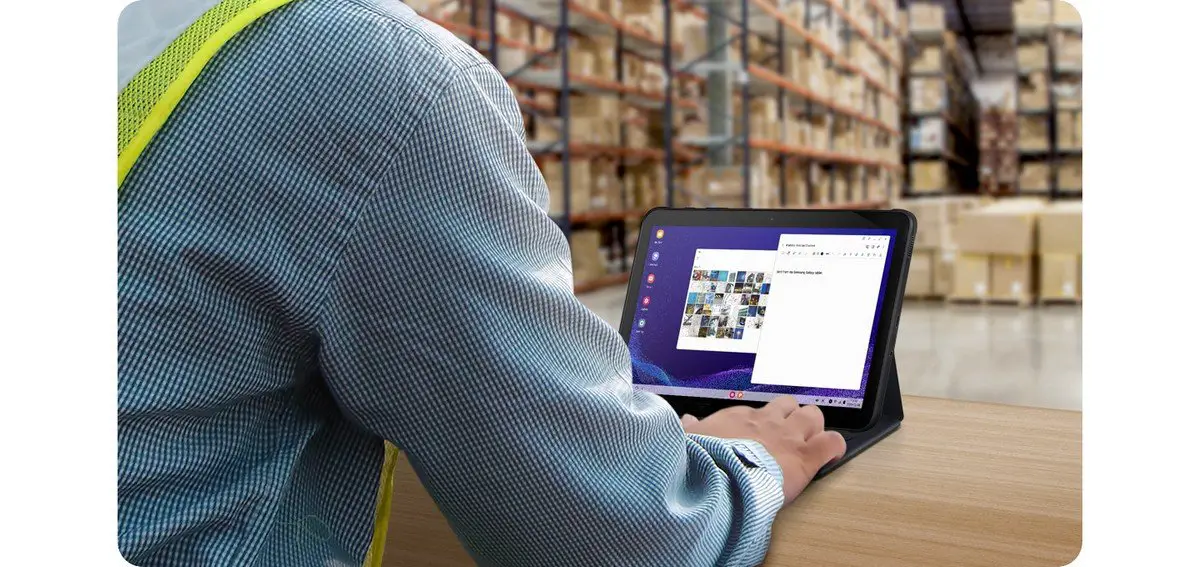
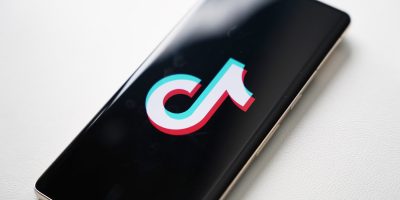

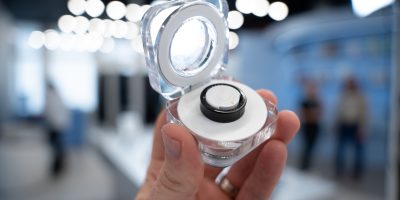
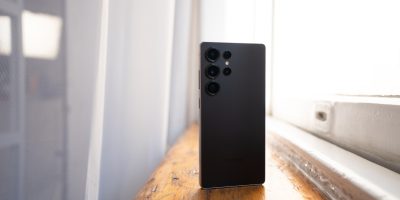

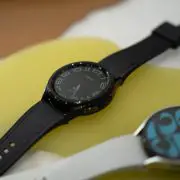
In general we don’t need more megapixels, that just leads to more noise in these small sensors. We need bigger lenses and bigger sensors to give better quality images at around a Max of 8 to 12mp. So it will be interesting to see real world quality of these things and how noisy an image is.
Good point.
Exactly. You don’t need anything above 8mp. Any company who advertises anything above 8mp is doing it as a marketing gimmick.
like my old friend nokia.
For everything that Nokia is, their new imaging flagship 808 handset shows the importance of large sensors being used intelligently for imaging processing. I totally agree that reducing noise is the key to better imaging. A 5MP image with little or no digital noise is much better than a 16MP image with heaps of noise.
I must sound like a broken record when I keep saying this, but an Android OEM *needs* to partner with Carl Zeiss. Imagine an android rocking the 40MP (38MP actual) sensor the 808 has. That would be an absolute “must pre-order, site unseen” for me.
wat about a company like kodak, its dying but could be saved
Isn’t this just a tad too much? I’m all for pushing tech forwards and all but early adopters to this kinda tech will obviously find it not as good as can be till its 3rd or 4th iteration..
Shouldn’t the focus now be on producing quality; better quality & bug free smartphones at the lowest price points viable to enable the market to grow even more? I mean, realistically the smartphone has already evolved into a truly wonderful product which can connect so many people (new users to web and other media) who wouldn’t have been able to do so (were it not for these devices)
Specifications have already reached a pretty substantial level right now, do we really need more? Do we really need that much more right now?
I agree with you on about half of that. Smartphones now are very good, but can be improved in the price range. However, this is capitalism at its finest where we pay a ridiculous surcharge on products to maximize the profit the manufacturers and carriers can get.
Smartphones nowadays also do not take very good videos. Photos, yes, but the videos are horrible because the built-in zoom lens is terrible in phones. Since manufacturers are building smartphones to pretty much replace digital cameras, the video aspect is still it’s weakest area. But of course, to fix this one thing is going to increase the average price of your phone by at least $75.
but, if I can use my phone as a camcorder it means I don’t need a camcorder (just private videos, not profesional) which means I save $350 to $500.
You’re right. I think phones are great for personal and family use, which is what I expect manufacturers had in mind when creating the phones. Still, we have to look at the differences in hardware (and sometimes software) installed in each phone. Nokia’s cameras are better than some professional gear (a guy actually filmed an entire film on one, but I can’t remember his name). Not every phone has that credibility though.
I don’t know what kind of smartphone YOU have, but my OG Galaxy Fascinate takes incredible video, not to mention pictures. I can’t tell you how many times I’ve had family, friends & complete strangers compliment me on my photographs & video clips. Their mouths drop when I tell them, “yep, that came from my cell phone”!
While there is always room for improvements, I think manufacturers should focus on better call quality, signal strength and an overall “bug-free” device, as opposed to a better camera.
just my 2cents
You’re absolutely right; Some devices take much better pictures/videos than others. I have the LG G2X with T-Mobile and my phone takes horrible video but decent pictures. It isn’t an auto-focus (or even manual focus) camera, so the quality is horrible. Before this, I had the OG Motorola Droid and it had the same issues.
Still, I would like to see better call quality, signal strength, and “bug-free” devices, but everything we use us man-made. Humans aren’t perfect and neither are the devices we use, and there are people that make a living off exposing even the slightest flaw in your device to create a larger hole in it. As far as signal strength goes, there are regulations that cell carriers have to meet with the FCC whereas their frequencies don’t interfere with those of GPS or other satellite signals and so the antennas in phones are mandated to pick up only to a certain extent the signals (plus it helps with network congestion).
Call quality is a hard one. Sometimes it’s speaker placement in a phone, sometimes it’s the person’s hearing, etc. I agree they need to consider ALL factors in the most basic of functions of a phone which is the calling area, but again, we are only human and we forget the smallest things that turn out to be an essential factor somewhere along the line.
What i’d really like to know is wtf Chris is talking about in regards to “Apple has upped the ante, releasing a display with higher than full HD resolution.” Are you referring to an LCD display or television? As far as i can tell, there’s no new TV released by apple, they have their new thunderbolt displays at 2560×1440, but other manufacturers have had those resolutions available for years. What exactly did Apple up the ante with?
iPad 3? O_o
If I’m not mistaken, the only reason they went with that resolution for the crapPad 3 was because of the fact that iOS can’t scale like Android can. They have to increase the resolution on the phones and pads to double the number of horizontal and vertical pixels if they want to increase their screen res and stay relevant. This would mean that in order for them to have a higher res screen for the next phone and tab, they would have to be increased to 2880×1280 and 4096×3072 respectively, which I honestly don’t see happening anytime soon on screens that small. Who knows, maybe they’ll make some changes to their OS that will allow them to have different resolutions by then, not that I really care much… :P
I just can’t understand why the biggest feature of the iPad 3 is a better-than-HD screen. I can’t even spot a difference between the 2 and “new”.
apple like to boast a lot, like the icloud (microsoft azure, amazon cloud)
Dear phone manufacturers:
Please don’t be hypnotized by these chips. Instead, design us better optics! I understand that, with the added bulk of the glass movement and addition of servos may prove difficult to engineer. So, with that in mind, why not give us a bayonet mount around our camera aperture? Take off the stock lens guard with a twist and snap a micro lens on there! I would imagine they would be about the size of 10 dimes stacked.
We have great camera sensors now. Please work on the optics and work on making the interface better!
The average consumer is clueless and megapixels sell cameras based on that ignorance. So, you aren’t going to convince manufacturers not to add more megapixels to differentiate themselves from other android phones.